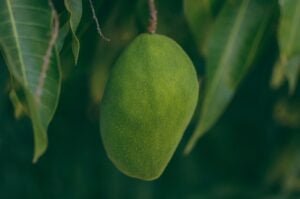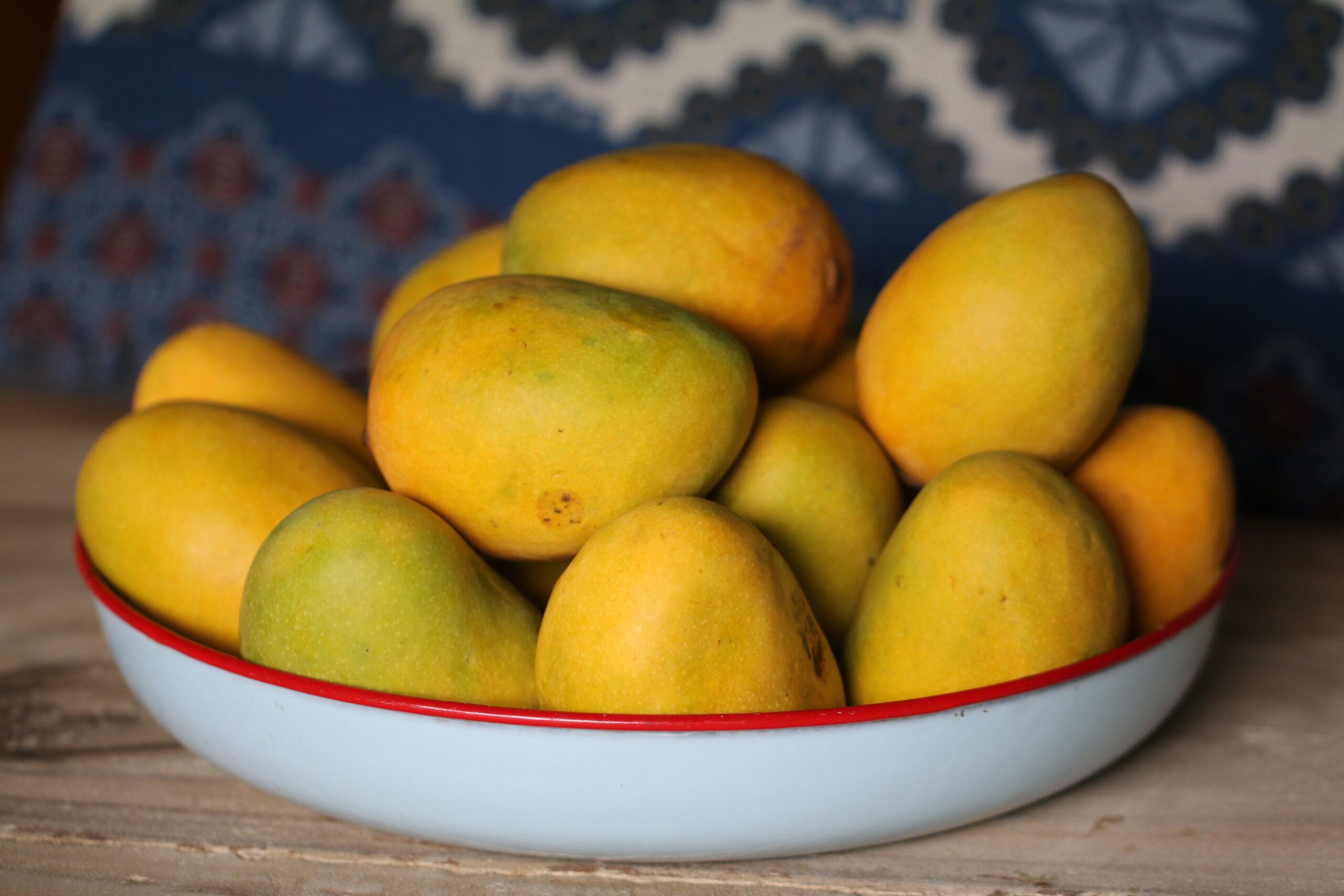MANGO
Botany
The scientific name of mango is Mangifera indica L. belongs to the Anacardiaceae family. It has more than 40 species includes both inferior and superior varieties. Some varieties fruits are edible and some are not up to the criteria for consumption.
Edible fruit species
- odorata Griff.
- foetida Lour.
- sylvatica Roxb.
- lagenifera Griff.
- langer Miq.
- similis.
other than the indica species fruit is inferior. All these species are found in south Asian tropical regions. Trees are grown up to larger heights of 25m. The trees are mostly erect and evergreen. Trees lived for longer periods and many trees in Asia are about 300 yrs. old.
Fruit
The fruit of mango belongs to the category drupe. The skin, pulp or flush and stone classified as epicarp, mesocarp and endocarp respectively. Seed resides inside the (hard)endocarp. Size and weight vary from variety to variety. It may be small sized or up to 2kg in weight.
Distribution and Importance
It is the important fruit tree of the world in tropical and sub-tropical regions. It is mostly grown in countries like Pakistan, India, Java, Philippines, West Indies and some states of America. In Pakistan production is 766000 metric tons on an area of 82700 ha. Mangoes are grounded as a thing of worldwide exchange. Since of their great quality, Pakistani mangoes sell at great costs in Europe, Canada, the Gulf, and Far Eastern nations. Pakistan sent out new mangoes worth Rs. 69 million during 1989.
Soil and Climate For Mango
Mangoes can be become on a wide scope of soil types, however profound, very much depleted sandy topsoil soils give the best outcomes. The earth ought to be liberated from hardpan, tacky mud, and waterlogged conditions. Mangoes are developed on soils with pH going from 5.5-8.7.
Propagation
Mango is proliferated both physically and agamically. Physically proliferated mangoes are called seedling or desi mangoes. Sexual proliferation is currently confined to raising rootstocks, which are not consistent with type. In some tropical nation’s mango seeds are polyembryonic and produce a few consistent with type seedlings of which just one is zygotic.
At beginning phases of development, it isn’t conceivable to distinguish which one is the zygotic seedling. To raise rootstock, new mango stones are planted during July-August in lines either straightforwardly in beds in the ground, or in a vigorously manured block · lined bed from where the seedlings are moved to beds in August-September at the point when their new leaves become green. These seedlings stay there for a year. At the point when they achieve a reasonable thickness and tallness, they are spread asexual- partner by side or facade joining either in, the beds or moved to reasonable estimated earthen pots and joined by inarching.
Also Read:- Apple tree development
https://mianfarms.com/apple-tree-development/
Irrigation
In bone-dry (arid) and semi-bone-dry(semi-arid) locales, water system is fundamental for a great collect. In mango-developing plots in Pakistan, fortnightly water system after organic product set (fruit set) until the rainstorm downpours will in general forestall organic product drop. Such a plan additionally assists with working on the size and nature of organic product. A weighty irrigation not long prior to blossoming advances lively sprout. Retaining water system during natural product bud separation is useful.
Mango Pruning
Mango has no particular pruning plan, with the exception of when trees are youthful to give them a decent shape. With mature trees, certain individuals prune away a few branches during the on-year to abstain from blossoming, and to get new shoots which can sprout in the coming year. In Laos, DE blossoming is practiced to lessen the quantity of foods grown from the ground guarantee a superior yield in the succeeding year.
